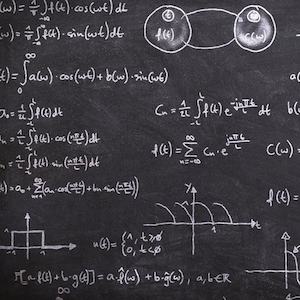Is a mathematical model equivalent to its computer implementation?

HTML: 3
All claims expressed in this article are solely those of the authors and do not necessarily represent those of their affiliated organizations, or those of the publisher, the editors and the reviewers. Any product that may be evaluated in this article or claim that may be made by its manufacturer is not guaranteed or endorsed by the publisher.
A recent trend in mathematical modelling is to publish the computer code together with the research findings. Here we explore the formal question, whether and in which sense a computer implementation is distinct from the mathematical model. We argue that, despite the convenience of implemented models, a set of implicit assumptions is perpetuated with the implementation to the extent that even in widely used models the causal link between the (formal) mathematical model and the set of results is no longer certain. Moreover, code publication is often seen as an important contributor to reproducible research, we suggest that in some cases the opposite may be true. A new perspective on this topic stems from the accelerating trend that in some branches of research only implemented models are used, e.g., in artificial intelligence (AI). With the advent of quantum computers, we argue that completely novel challenges arise in the distinction between models and implementations.
How to Cite

This work is licensed under a Creative Commons Attribution-NonCommercial 4.0 International License.
Copyright (c) 2024 The Author(s)
PAGEPress has chosen to apply the Creative Commons Attribution NonCommercial 4.0 International License (CC BY-NC 4.0) to all manuscripts to be published.

 https://doi.org/10.4081/peasa.26
https://doi.org/10.4081/peasa.26



